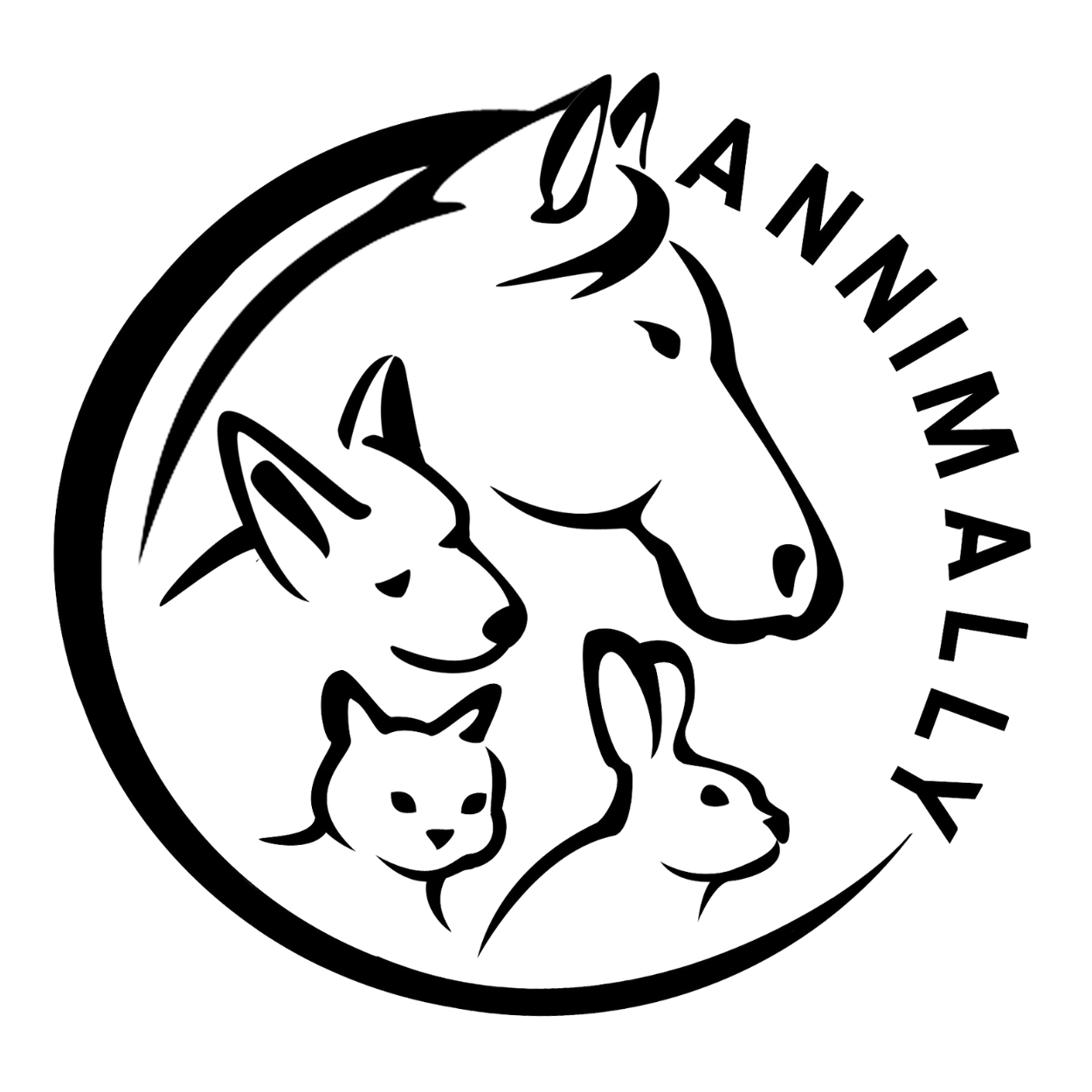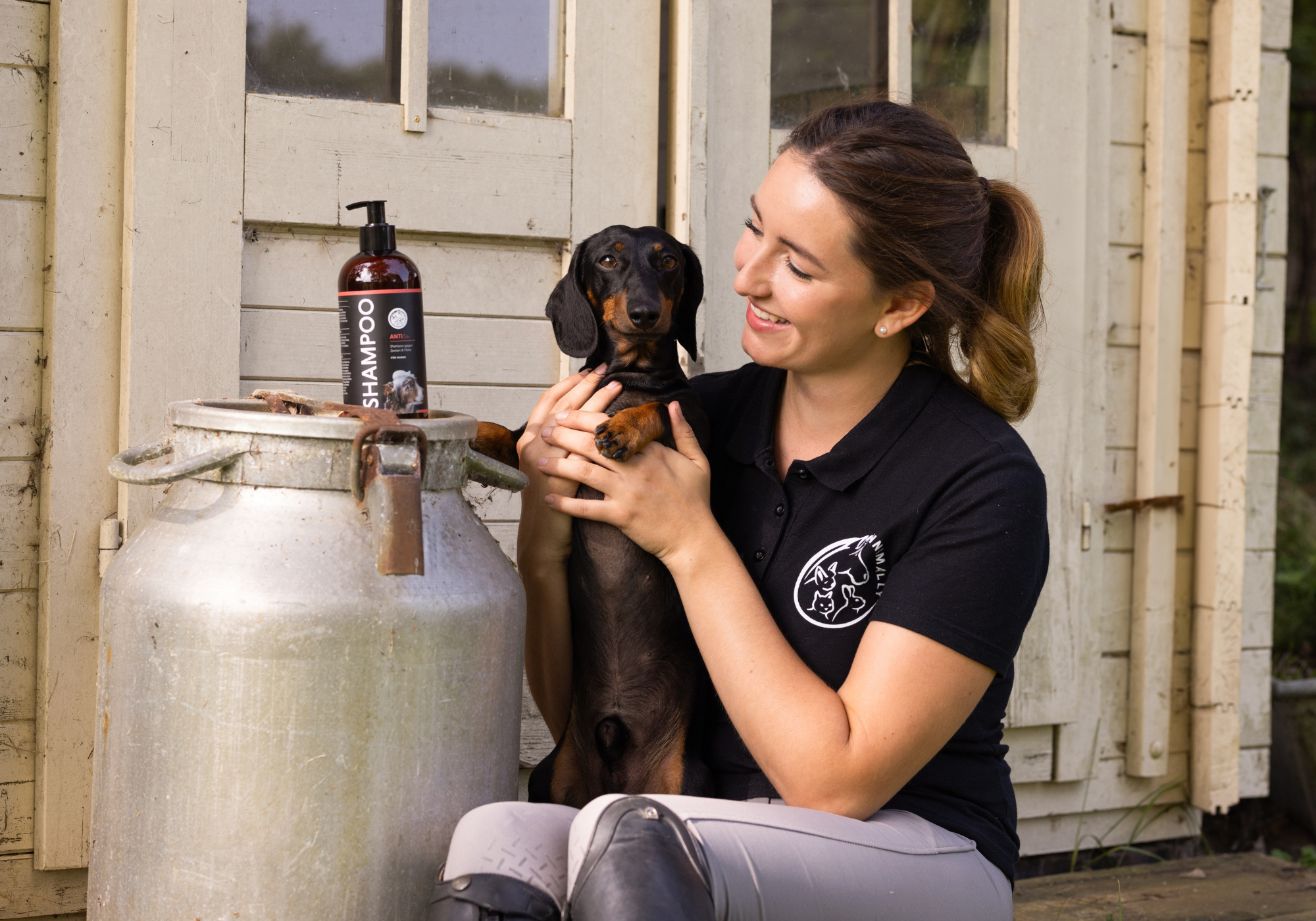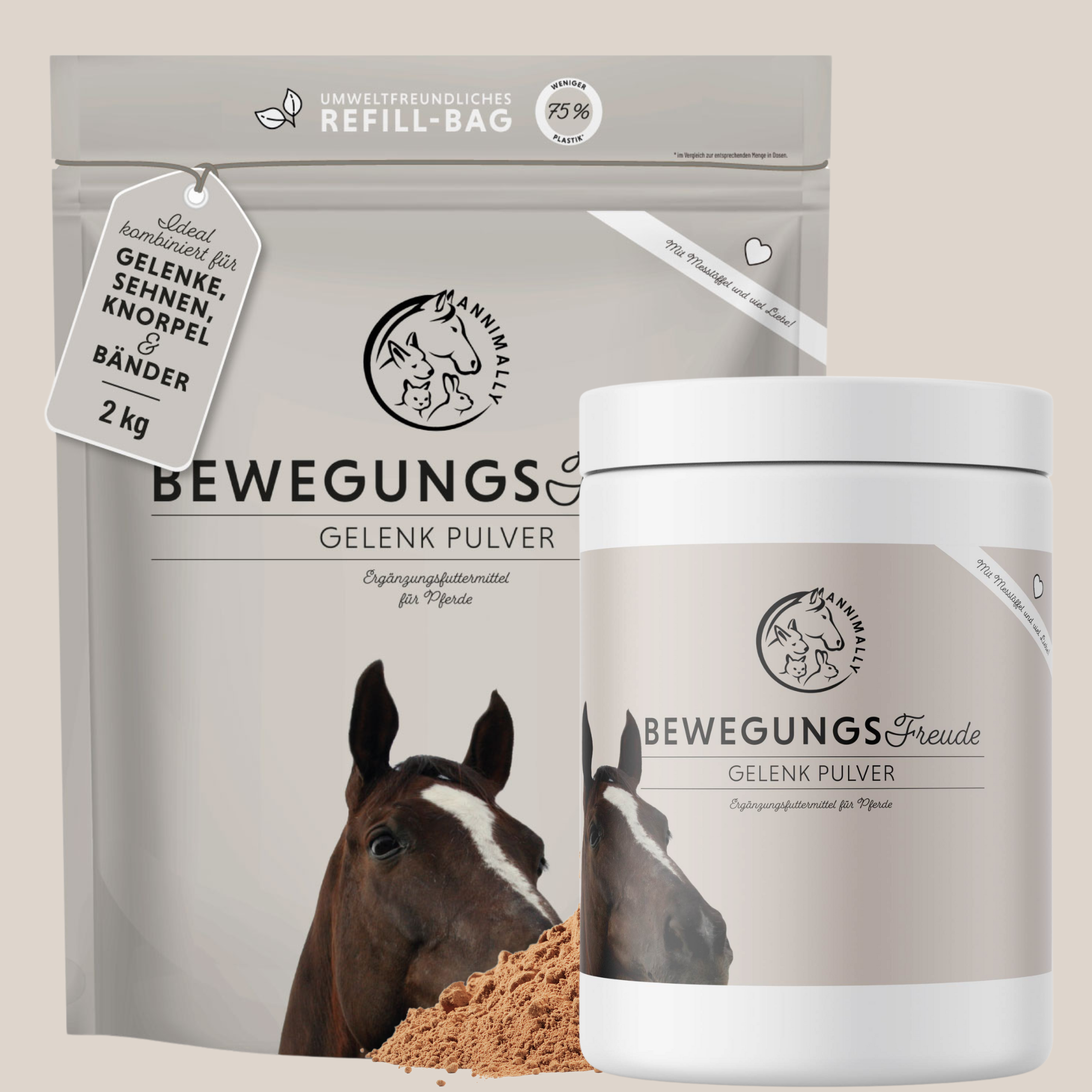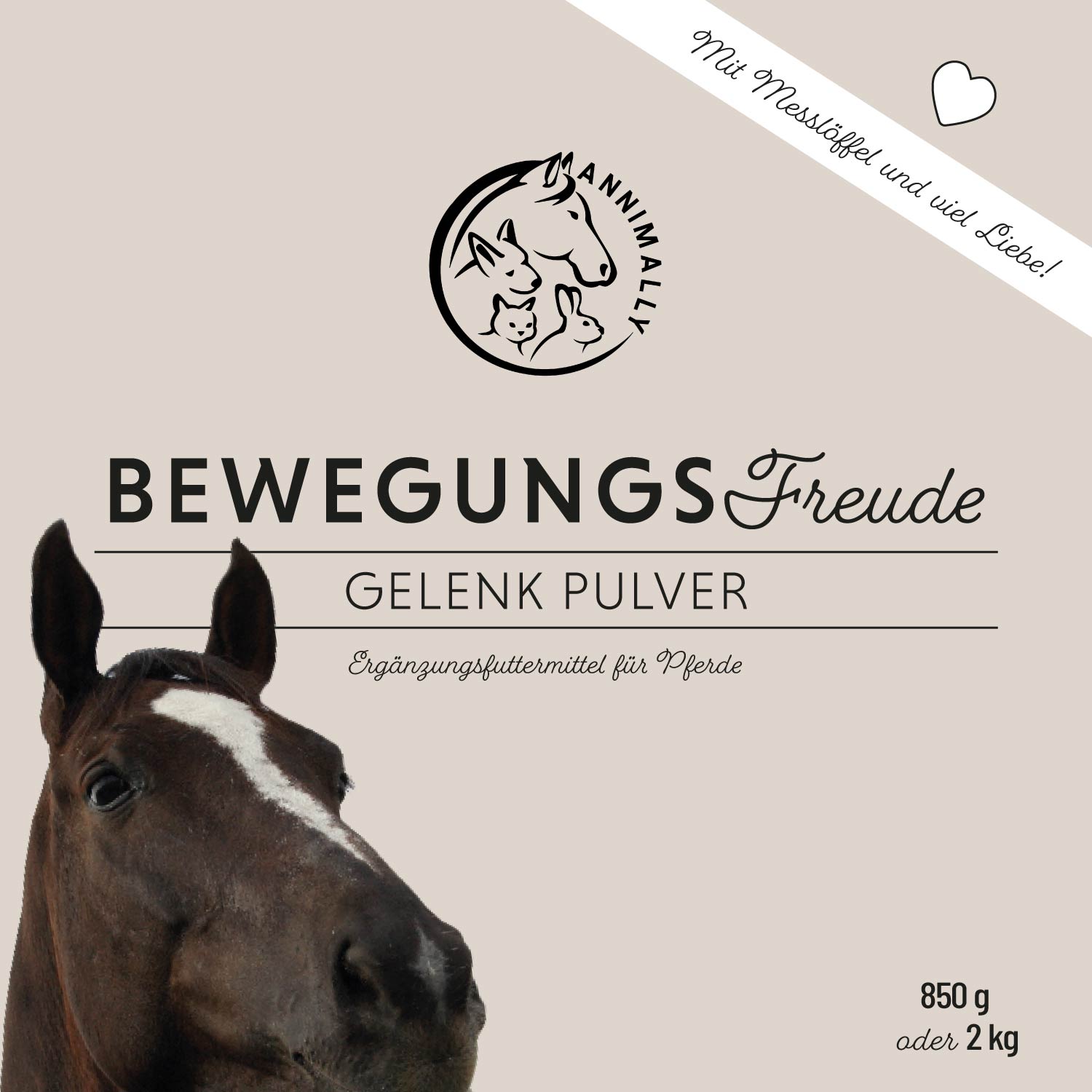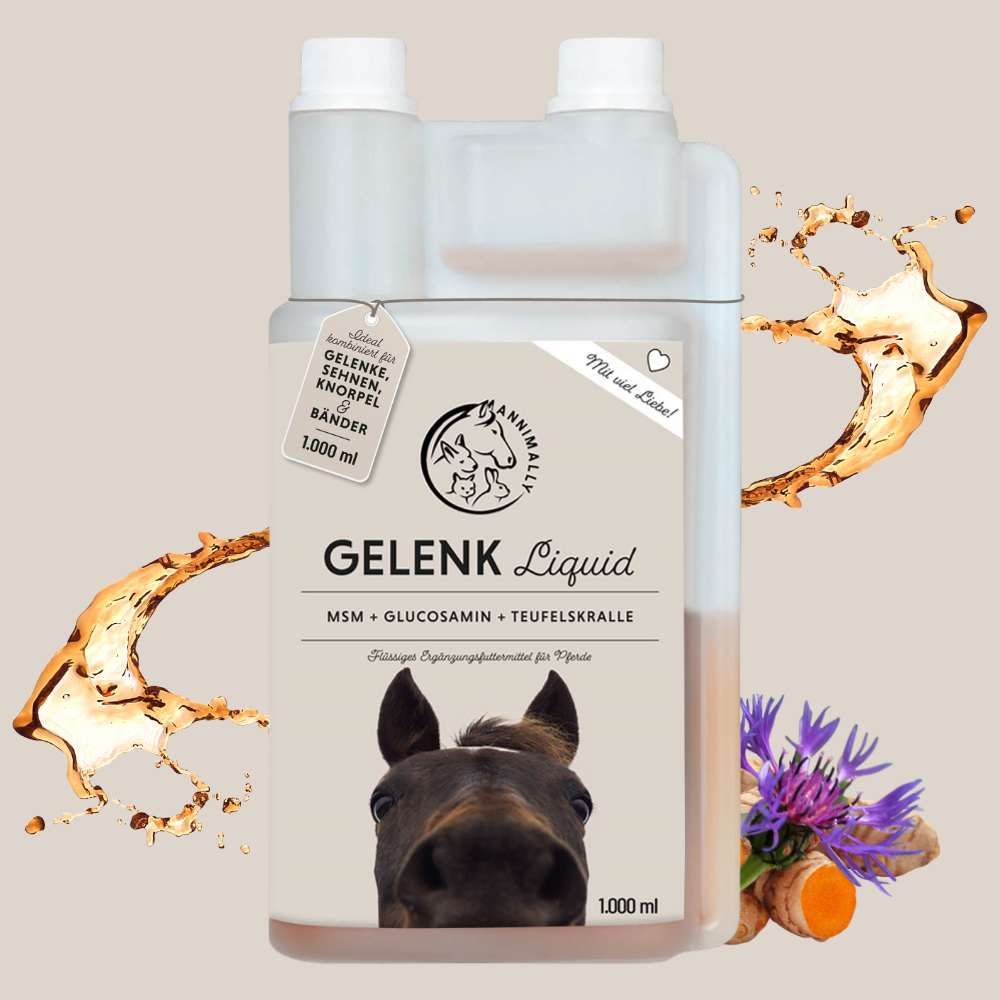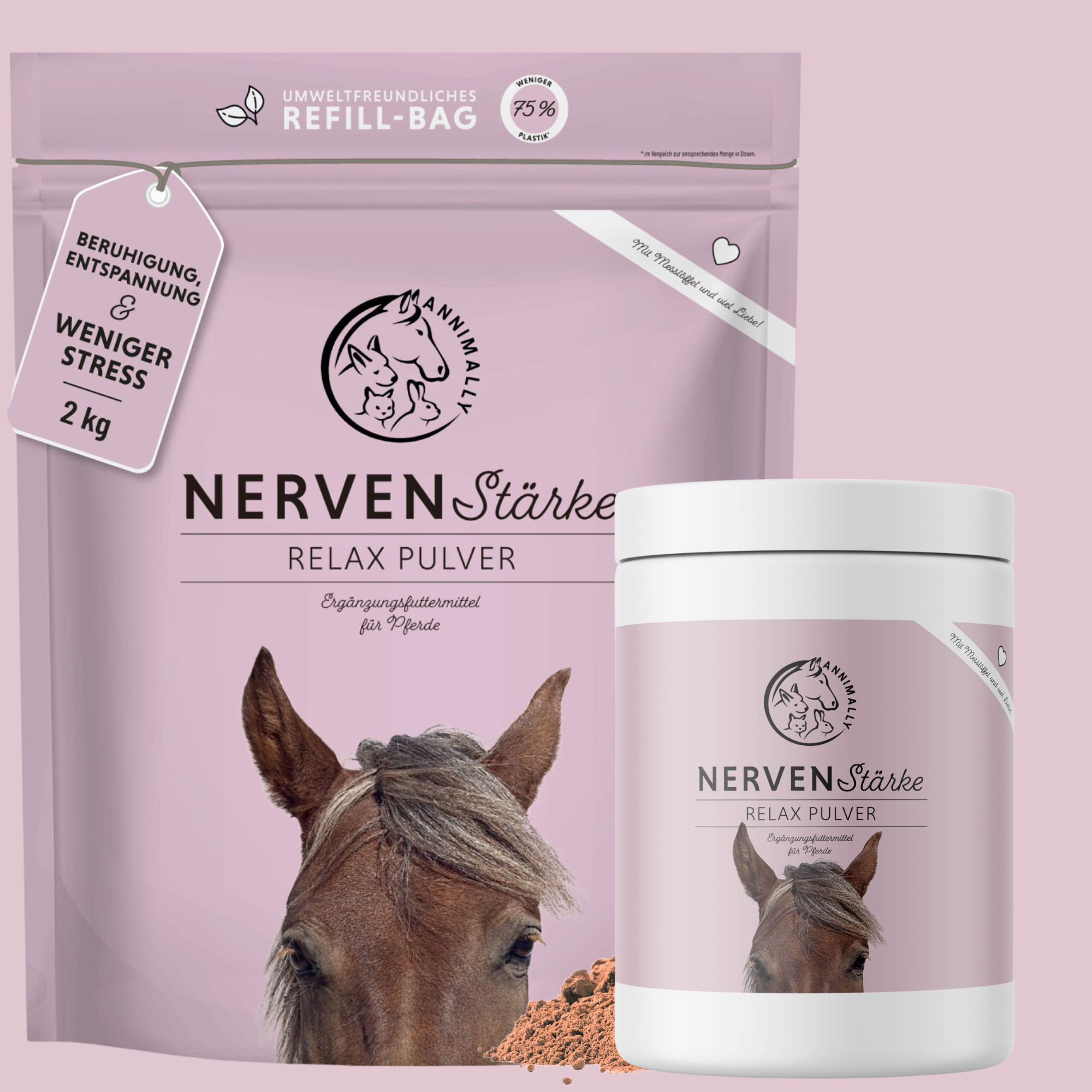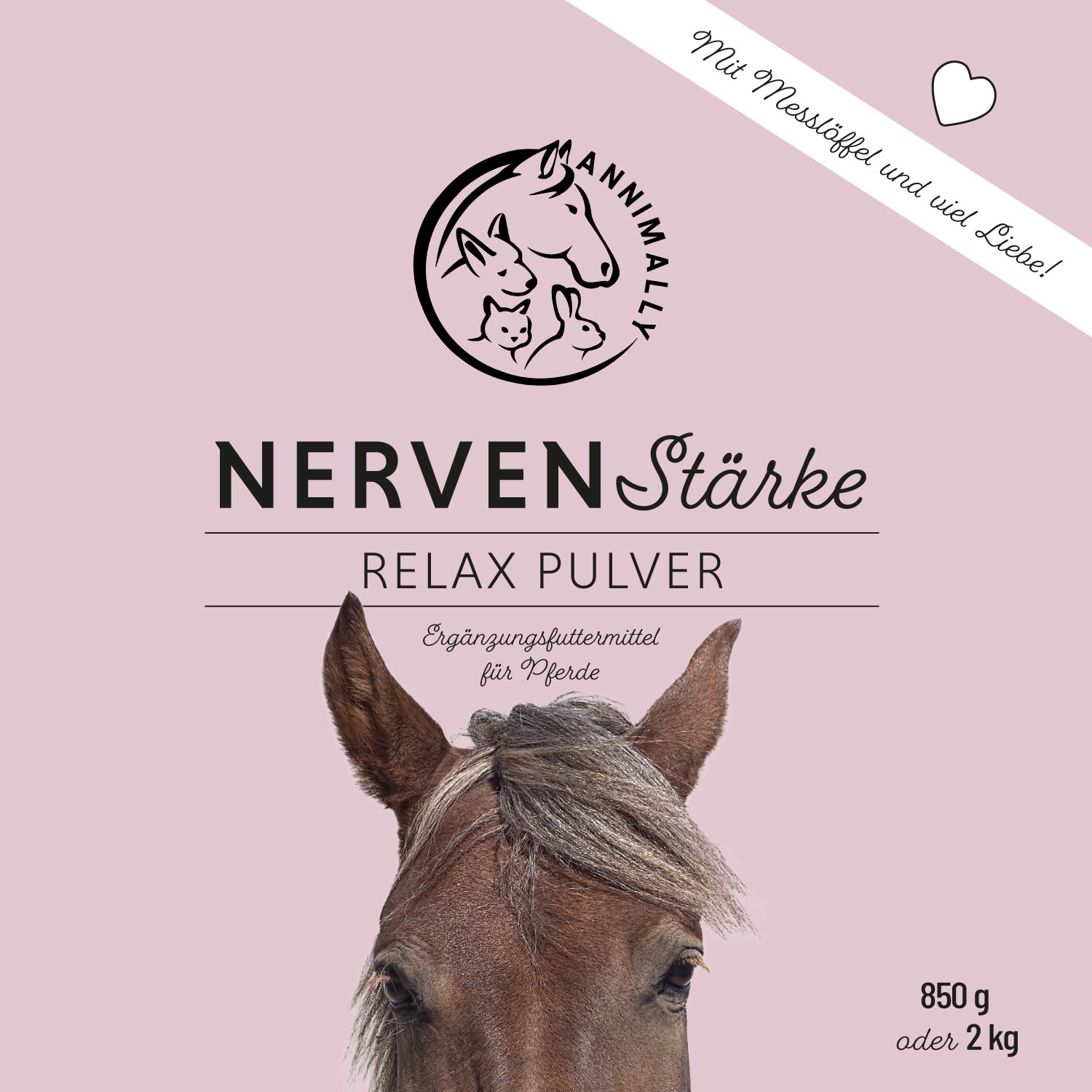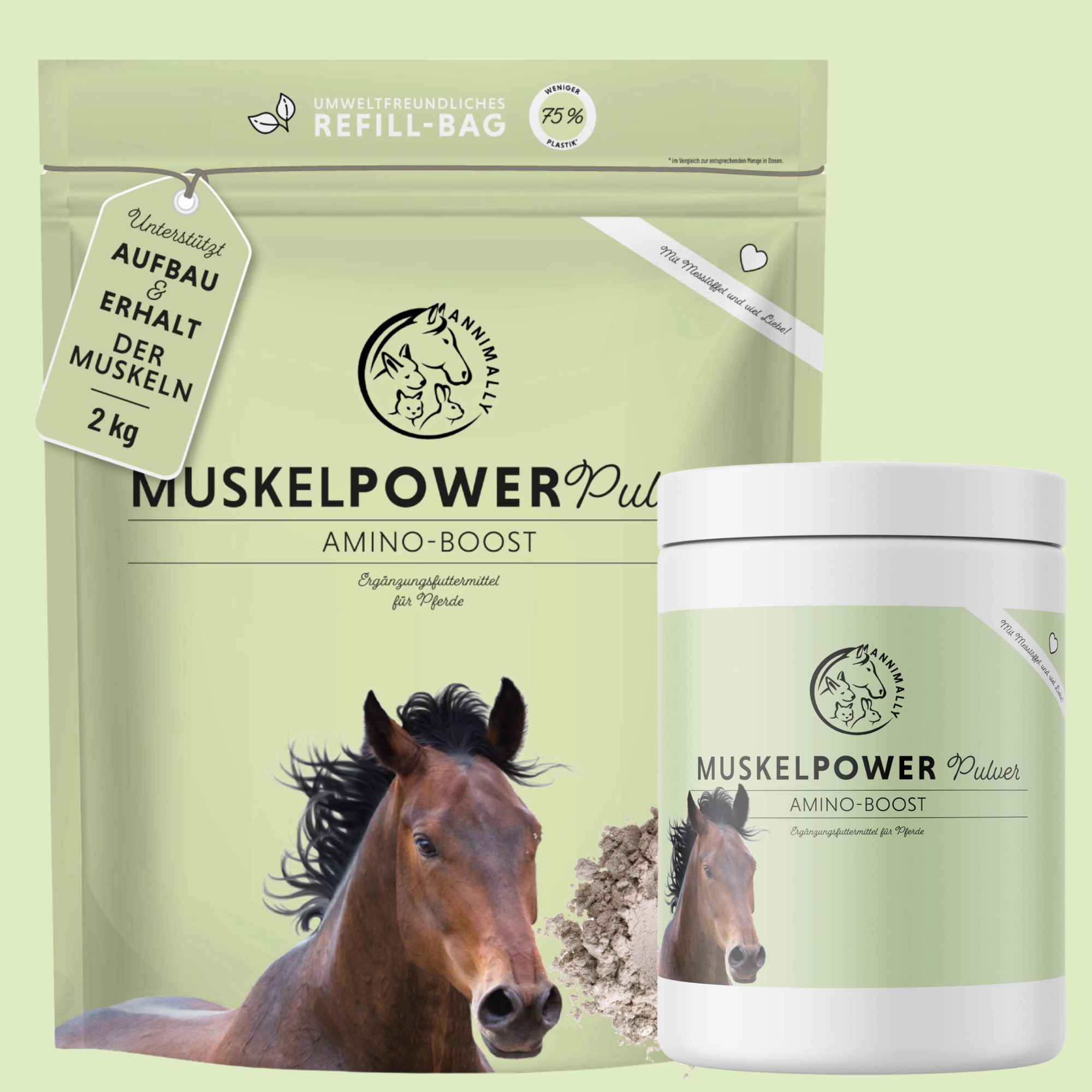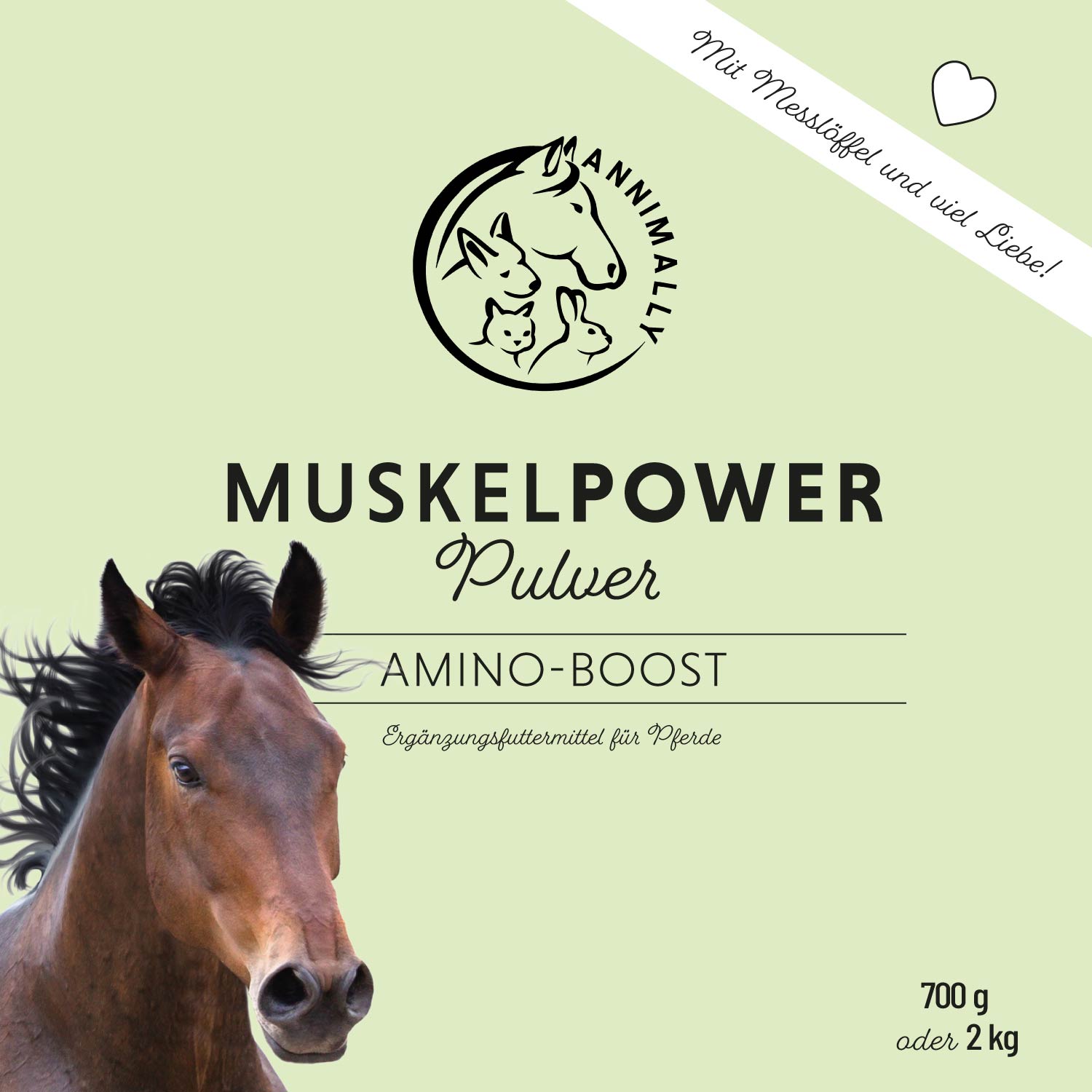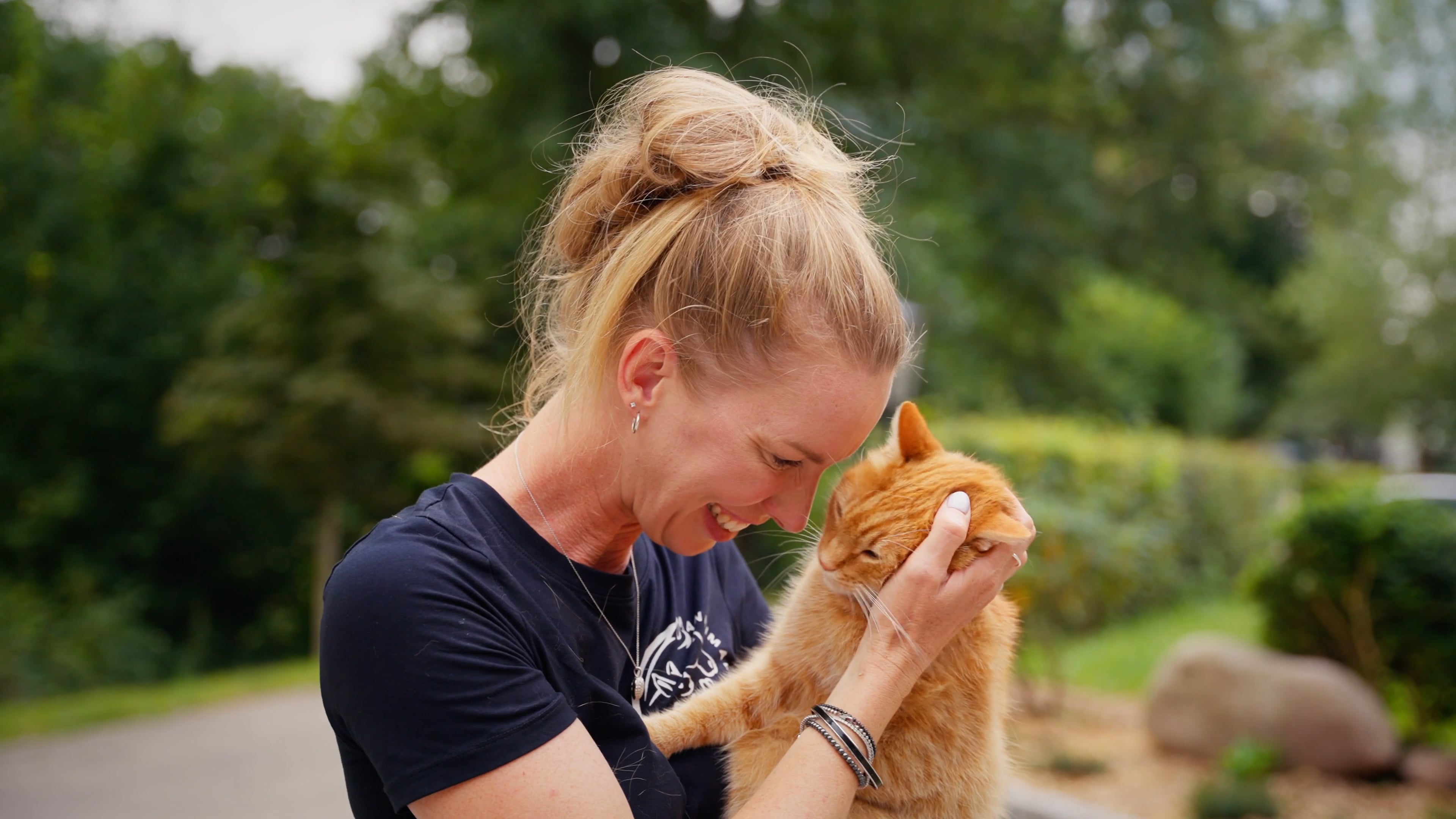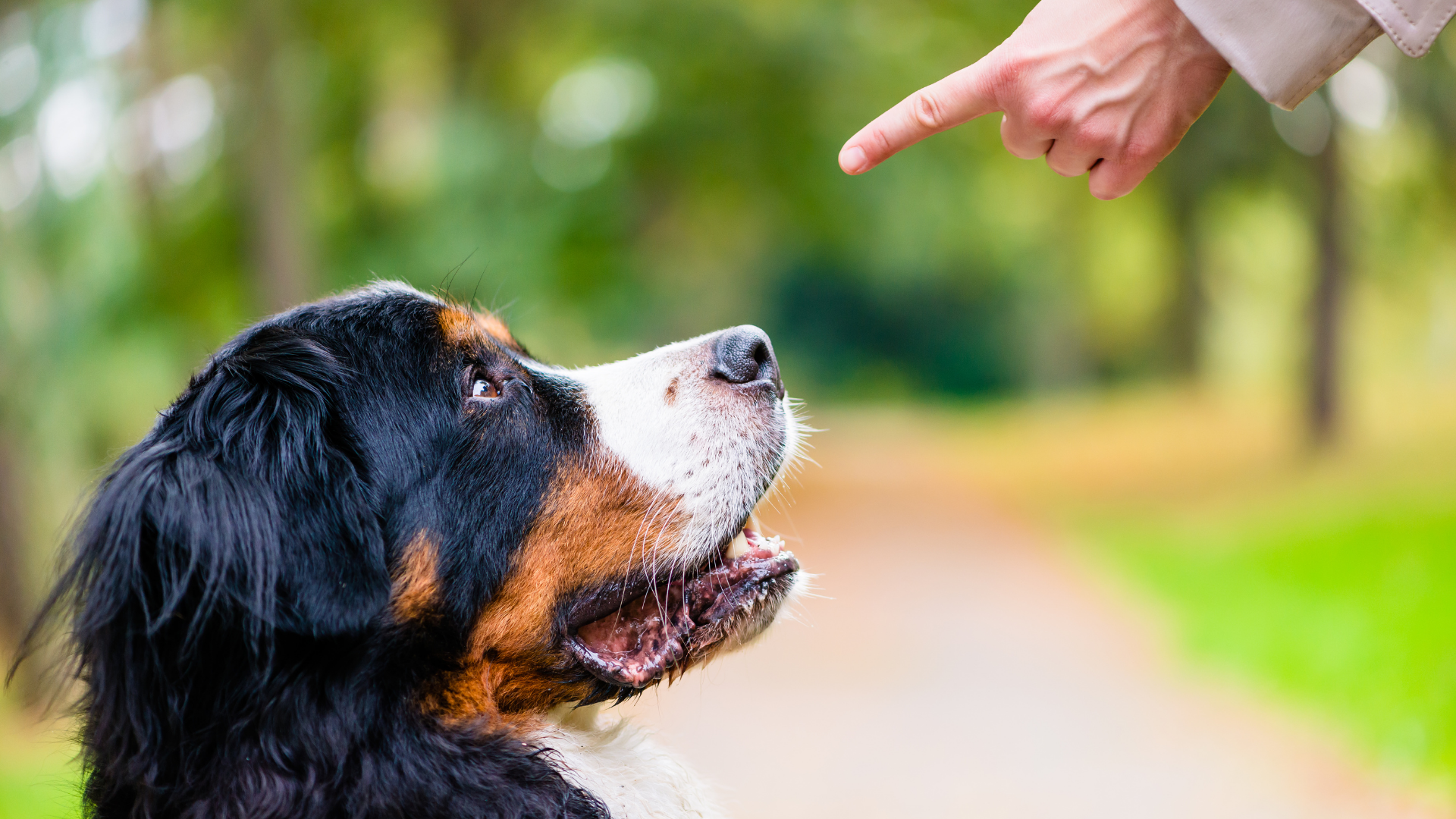
Your dog should know these 7 commands
Sit, down, stay and here - there are many commands. But which ones do you really need for a relaxed life with your dog and which ones are just nice tricks? Here are the seven must-haves of dog training.
Why commands?
Commands are more than just little tricks that your dog performs for a tasty reward. Commands make it easier for you and your furry friend to live together and ensure a relaxed everyday life. In an emergency, commands can even save lives. For example, the recall will get your dog out of a dangerous situation and the command "Off!" will prevent your dog from eating the wrong thing. The basic commands are not only the basis of a good education for your furry friend, but also necessary for your life together.
These commands are precious!

1) Command sit
Sit is probably the most popular command for dogs. Sit in a relaxed way when you are greeting another person or waiting at the traffic lights. Sit is an important command that your pet should know. It brings a bit of calm into every situation and your dog knows that he should currently wait sitting down.
2) Command down
Lie down relaxed and wait. The command "Down!" is also one of the absolute standards among dog commands. Whether in the waiting room at the vet's or at home in the basket, your pelt-nose should lie down at the command "Down!" and learn that nothing will happen for the time being. An essential command for your dog's relaxation.
3) Command stay
As soon as you move away from your dog for a moment, he jumps up happily and wants to run after you? What is quite cute at the beginning can become quite annoying in the long run. With the command "Stay!" you teach your dog to sit or lie down and wait. Alternatively, you can also teach your dog that commands such as "Sit!" or "Down!" are valid until you cancel them with an "OK!
4) The recall command
"Here!", "Come!" or another command - there are different variations for the recall. With the recall, you should be able to call your little adventurer back to you. It doesn't matter if your dog is running off-leash along a forest path or romping around with other playmates - the recall has to work! Especially in encounters with other dogs or people, you should be able to call your dog back to you quickly and safely. Without a functioning recall, your dog's free run can quickly become a danger to himself and others.
5) Heel
From left to right and criss-cross - your darling often changes sides on the leash and you need both hands to manage the leash chaos. Phew, that's annoying! The command "Heel!" is great for this. Your dog knows that you are now walking parallel to him. When you meet other dogs, walking at heel also gives your dog the necessary security because he is so close to you.
6) Command Off
It doesn't matter whether it's a ball game or objects that your dog is carrying around. The command "Off!" signals your dog to remove objects from its mouth. And this can save lives! Unfortunately, poisoned bait is no longer a rarity in forests or dog runs.
7) Command no
Every now and then, our dogs display behaviour that we don't find so great. Chewing on shoes or jumping for joy in greeting. We also need a command for undesirable behaviour to show our furry friend that this behaviour is not okay. The easiest command to use is "No!
Teaching commands

As soon as living with your dog begins, some commands should be practised. This does not mean that you have to practise commands with your tired puppy on day 1. However, "No" should be practised from the very first minute. All other commands can be taught gradually and playfully.
One thing at a time
Do you want your furry friend to learn all the commands as quickly as possible? Your wish is understandable, but you should take it slowly. Practice the commands one after the other and wait until a command is really correct. If your dog mixes up several commands, it is difficult to pick them apart again later.
Train regularly
Train for a few minutes every day rather than once a week for an hour. Repeat commands you have learned and check whether your dog has really internalised them. If a command is correct, you can gradually add more commands.
Reward your furry friend

Dogs love to learn, but they love learning even more with a reward in the form of treats. There is hardly a trick that Bello, Luna and Co. don't want to perform for a treat. You can make great use of this motivation in training. Reward your pelt-nose for correct behaviour and the commands will soon be in place. Be patient with new commands if they don't work right away. When something goes niiiiiiice or greeeeeaaat, underline the treat with a bright voice. At some point, the treats will become secondary and your voice will be enough as a reward.
Training keeps fit
Small exercises are not only suitable for puppies or young dogs. Practice the commands regularly with your experienced four-legged friend or include them on your walk. This keeps your dog fit in his mind.
Find commands that suit you
The commands listed make it easier for your dog to live with you and ensure relaxed handling and safety for your dog. But there are still dozens of commands that you can teach your dog. Pawing, rolling over, crawling, shaming, jumping, giving kisses and playing dead are great ways to keep your dog's head in shape. Learning together is also great for your bond. But first you should get the basics right.
What terms should I use for commands?
We have written down the absolute classics among the commands for you. You can, of course, adapt the terms. Many dog owners also use " Get down!" or " Go down!" for "Down". In the end, it doesn't matter which terms you use for the commands. You should only use one term per command.
